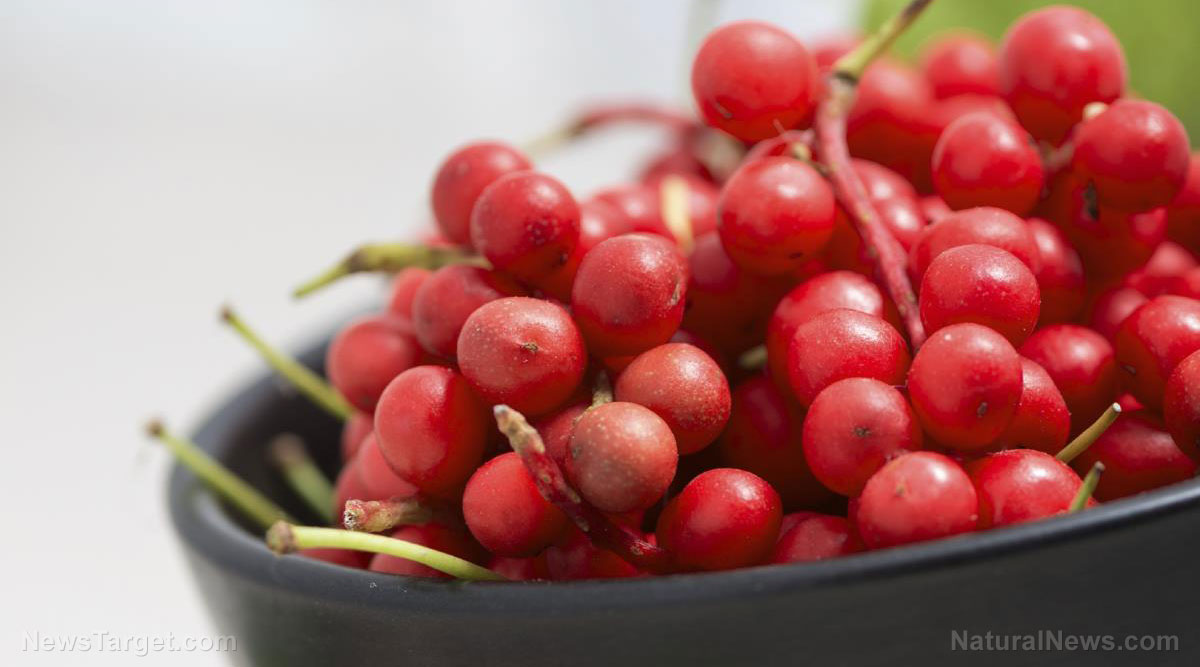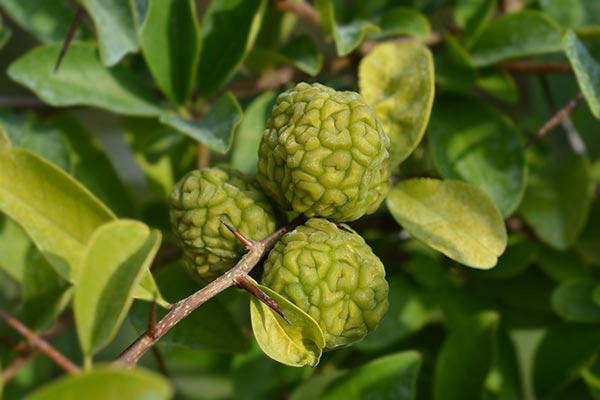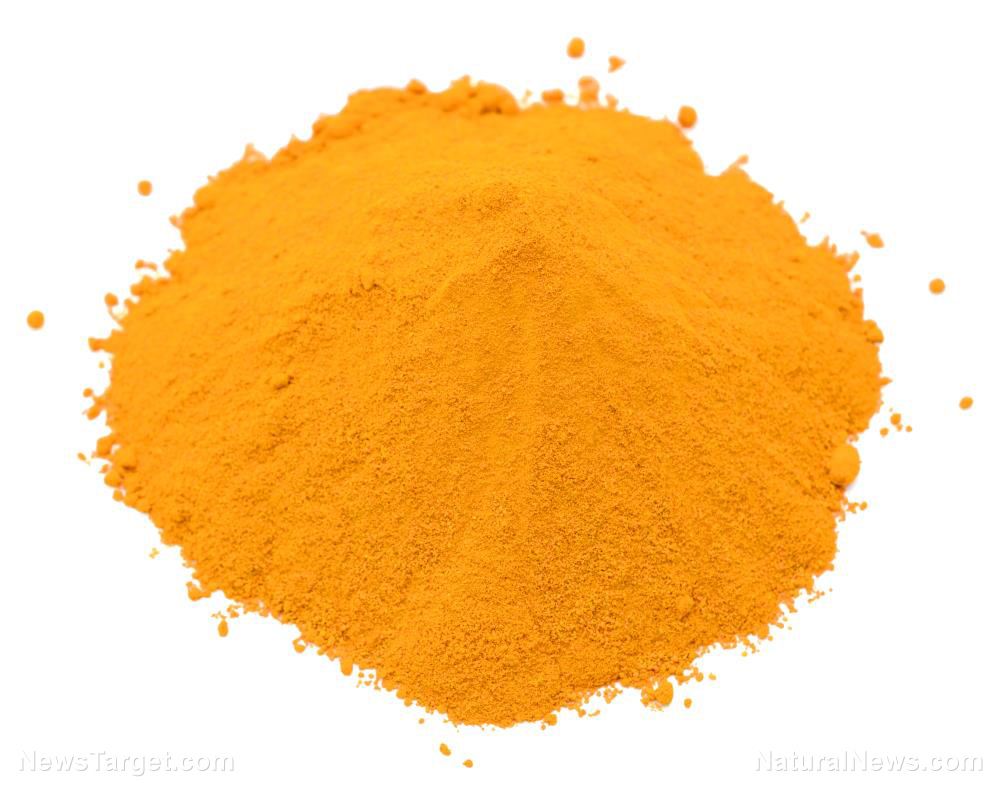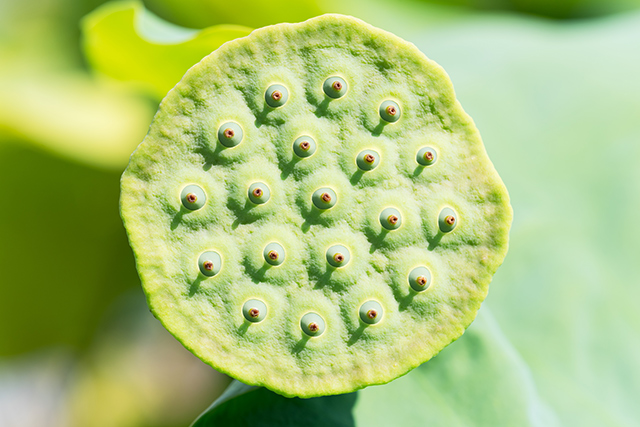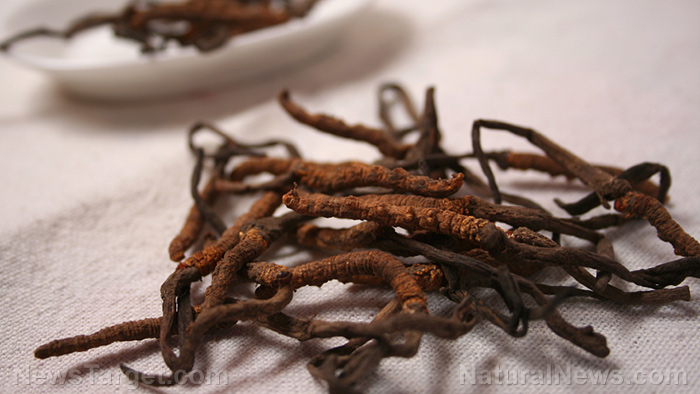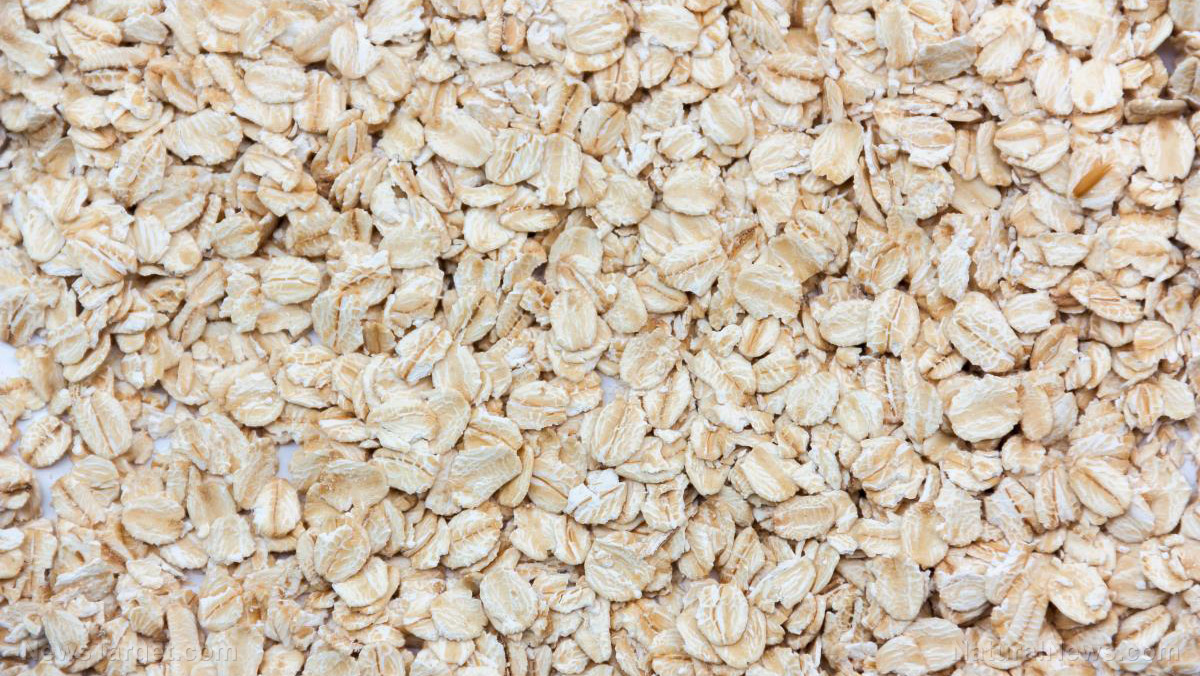Animal study reveals that Chinese mulberry demonstrates protective effects against liver injuries caused by oxidative stress
03/06/2020 / By Evangelyn Rodriguez

Cudrania tricuspidata, commonly known as Chinese mulberry or mandarin melon berry, is a small, cold-hardy tree that’s been used as a source of food and medicine in China for thousands of years. Today, it is grown in different parts of the world and is known for its red raspberry-like fruits, which ripen in late summer.
The fruits, leaves and roots of the Chinese mulberry have great medicinal value. According to studies, they contain large amounts of B-vitamins and vitamin C, as well as phytonutrients called flavonoids, which exhibit various biological activities, including anti-tumor and anti-inflammatory effects.
To find out if they also possess liver-protective properties, researchers from South Korea investigated the in vitro and in vivo activities of Chinese mulberry extracts using liver cells and mice, respectively. In their study, which appeared in the Journal of Medicinal Food, they reported that extracts from the leaves of C. tricuspidata (CTE) contain a powerful flavonoid called kaempferol that not only protects the liver from oxidative stress, but also replenishes glutathione levels.
Chinese mulberry leaf extracts can preserve the liver and restore lost antioxidants
Oxidative stress is defined as an imbalance between the production of free radicals and the body’s antioxidant system. This event plays a pivotal role in the pathological changes observed in liver disease. When the amount of free radicals in the body eclipses the amount of antioxidants available to neutralize their effects, these harmful reactive species cause damage to cell proteins, lipids and DNA. This eventually leads to the onset of chronic diseases. The main causes of oxidative stress are radiation, inflammation and the presence of synthetic drugs. (Related: Oxidative stress and inflammation – two things that age humans the fastest.)
Research suggests that the liver, being the main organ responsible for the metabolism of drugs, is more exposed and susceptible to oxidative stress-causing substances. At present, however, there is no specific treatment for acute liver injury caused by oxidative stress.
To examine the ability of CTE to protect the liver from oxidative stress-related injury, the researchers used human liver carcinoma cells (HepG2) and performed biochemical analysis. For their in vivo study, they administered 250 and 500 milligrams per kilogram (mg/kg) CTE to mice that were later given acetaminophen to induce acute liver injury.
The researchers found that CTE increased antioxidant activity compared with extracts from other parts of Chinese mulberry. CTE also upregulated the nuclear translocation of NF-E2-related factor 2 (Nfr2) and its target gene expression. Nfr2 is a protein that regulates the production of antioxidants. Additionally, CTE inhibited the generation of reactive oxygen species (ROS) and cell death induced by arachidonic acid (AA) and iron (Fe) treatment in HepG2 cells.
The researchers deduced that the cell-protective effects of CTE is due to kaempferol, the major flavonoid present in CTE. Kaempferol pre-treatment blocked AA+Fe-induced ROS production and reversed glutathione depletion, which led to decreased cell death. Glutathione is a natural antioxidant that prevents free radicals like ROS from damaging cells and their components.
Based on these results, the researchers concluded that CTE is a promising therapeutic candidate against oxidative stress-induced liver injury.
The medicinal uses of Chinese mulberry
The different parts of the Chinese mulberry are often used in traditional medicine, particularly in East Asian countries like China, Japan and Korea. For instance, traditional healers use its wood to make an infusion for the treatment of sore or weak eyes. Its inner bark or wood also make excellent medicines for malaria, debility (physical weakness) and menorrhagia (heavy or prolonged menstruation).
Meanwhile, the root of the Chinese mulberry is an herbal galactagogue, a substance that increases the production of milk. The root is also used to treat amenorrhea or the absence of menstruation. Besides these, the Chinese mulberry is good at eliminating blood stasis and is used by cancer patients for stimulating blood circulation as well as the digestive system.
Chinese mulberry is just one of many medicinal plants that can prevent oxidative damage. Visit PlantMedicine.news to learn about similar plants.
Sources include:
Tagged Under: alternative medicine, Chinese mulberry, food cures, food is medicine, food science, functional food, herbal medicine, Herbs, kaempferol, liver damage, Mandarin melon berry, natural cures, natural medicine, phytonutrients, prevention, remedies, research, TCM
RECENT NEWS & ARTICLES
LiverDamage.News is a fact-based public education website published by Liver Damage News Features, LLC.
All content copyright © 2018 by Liver Damage News Features, LLC.
Contact Us with Tips or Corrections
All trademarks, registered trademarks and servicemarks mentioned on this site are the property of their respective owners.



